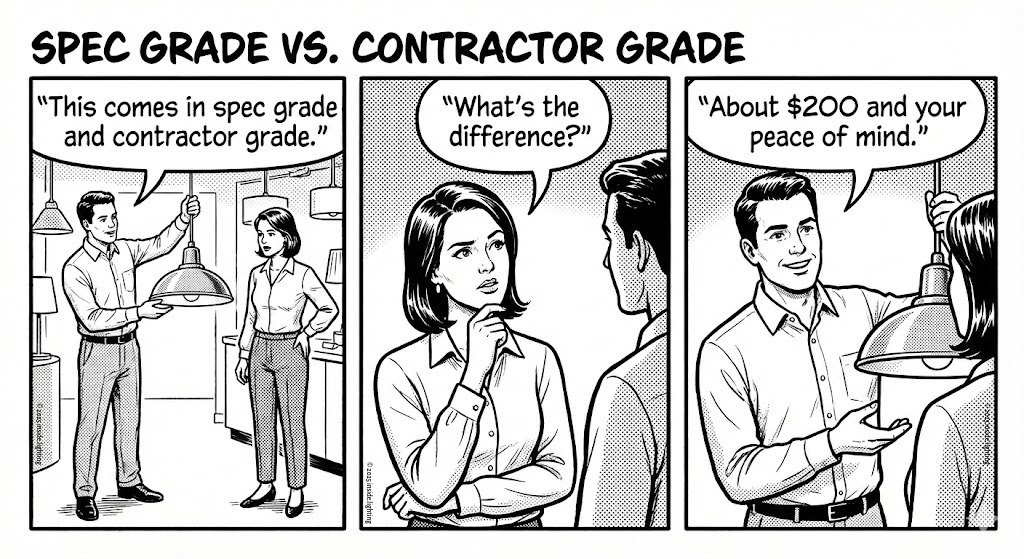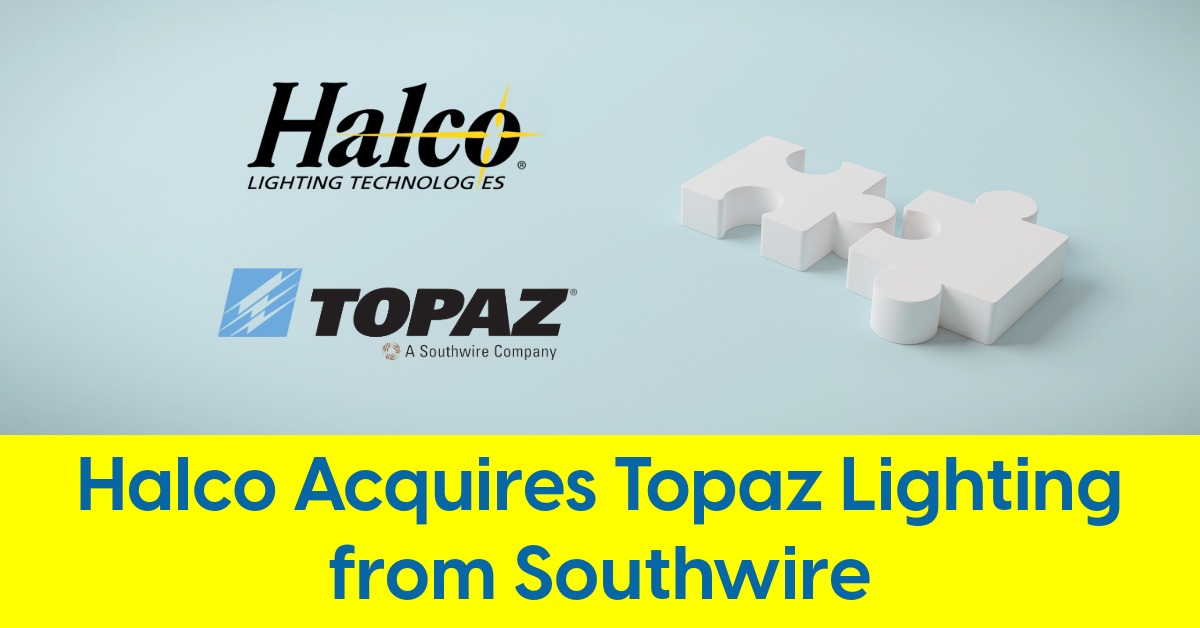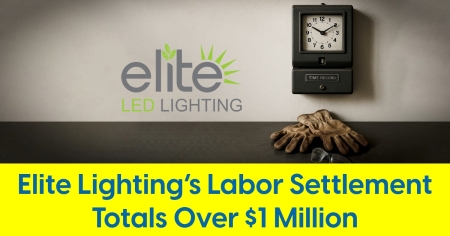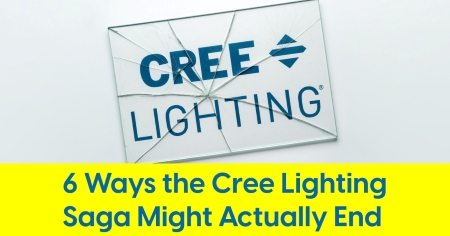June 3, 2025
Lutron Acquires Orluna, Expands Fixture Portfolio

Above: One Adjustable downlight by Orluna; Image credit: Orluna
Strategic acquisition signals tighter integration and a European design push
For decades, Lutron Electronics has defined itself by what it controls — not what it makes glow. The company pioneered solid-state dimmers, built an empire around precision automation, and carved out a significant place in lighting without ever really becoming a full-fledged lighting company. But its latest move, the acquisition of the UK-based fixture maker Orluna, suggests a continued shift: toward completeness, toward coherence, and toward ownership of the light itself.
Orluna isn’t a household name. It’s not even well known in the broader commercial lighting sector. But among some European architects and designers working in luxury residential and boutique hospitality, the company has a reputation: cleanly designed, high-performance, sustainably-minded luminaires with an emphasis on color consistency and precise optics. Their fixtures — largely point-source downlights, uplights, wall washers, and track lighting — are engineered to disappear into architecture, not distract from it.
A Modest Deal, but a Clear Intent
Lutron’s acquisition of Orluna doesn’t carry the scale — or the headline impact — of a major M&A transaction. Orluna is a small, privately held business. It claims the small company exemption under UK filing rules, which means it meets at least two of the following thresholds: fewer than 50 employees, under £10.2 million ($13.8 million) in revenues, and less than £5.1 million in assets.
Still, there are hints of momentum. Inventory rose by nearly 58% between 2022 and 2023. Retained earnings nearly doubled. The company’s balance sheet shows measured, sustainable growth — not a rocket ship, but a firm quietly building something.
Importantly, this marks Lutron’s first acquisition outside the United States — a signal that the company isn’t just looking to round out its domestic portfolio, but to deepen its physical footprint in international markets.
A Pattern of Selective Expansion
Lutron has never been acquisitive in the aggressive, roll-up sense. But when it does make a move, there’s a pattern: every acquisition complements — but doesn’t compete with — its core superpower in lighting controls.
Each company filled a specific gap. VIMCO brought established shading capabilities into the portfolio. Ketra gave Lutron its own fixture line, complete with full-spectrum control. Limelight offered a play in smart exterior lighting. Orluna, now, fills a stylistic and regional void — compact, elegant architectural fixtures with a strong European footprint.
Why This Company, and Why Now?
On paper, Orluna offers a narrow product line. But in architectural lighting, narrow is often desirable. The company builds with intent: mainly point-source luminaires, often specified in high-end interiors, where aesthetics and beam precision matter. Its line includes downlights, uplights, floor and wall washers, as well as linear and surface-mounted fixtures — each offered in variations tailored for specific applications.
What Lutron gets isn’t just another catalog. It gets design credibility in markets where it’s historically been less dominant: Europe, the Middle East, and parts of Asia. Orluna lists sales offices in those regions, but not in North America. Its documentation is metric. Its safety certifications are CE and RoHS — not UL. Despite the acquisition announcement stating "currently, Orluna products are not available for purchase in North America" Orluna's website cites one U.S. agent (Moxie Lighting in New York City), more a placeholder than a push.
So while the acquisition gives Lutron optionality, there’s no clear indication that Orluna products will cross the Atlantic anytime soon. That’s not unusual. Ketra, six years post-acquisition, still remains North America-only.
The more likely scenario? Lutron uses Orluna to reinforce its European presence — expanding fixture offerings alongside its well-established control and shading systems, with an eye toward short-term integration rather than brand expansion.
A Small Purchase with Strategic Implications
In the global lighting industry, it’s tempting to dismiss small acquisitions as low-stakes. Orluna doesn’t dramatically shift Lutron’s revenue picture. It doesn’t bring access to new technology. It’s not a “platform play.”
But the acquisition reflects a quiet thesis that Lutron has been building since the 1960’s: that lighting isn’t just about brightness or energy savings — it’s about user experience. And experience is easier to orchestrate when you control the interface and the luminaire.
Orluna helps Lutron close that loop in key overseas markets.










